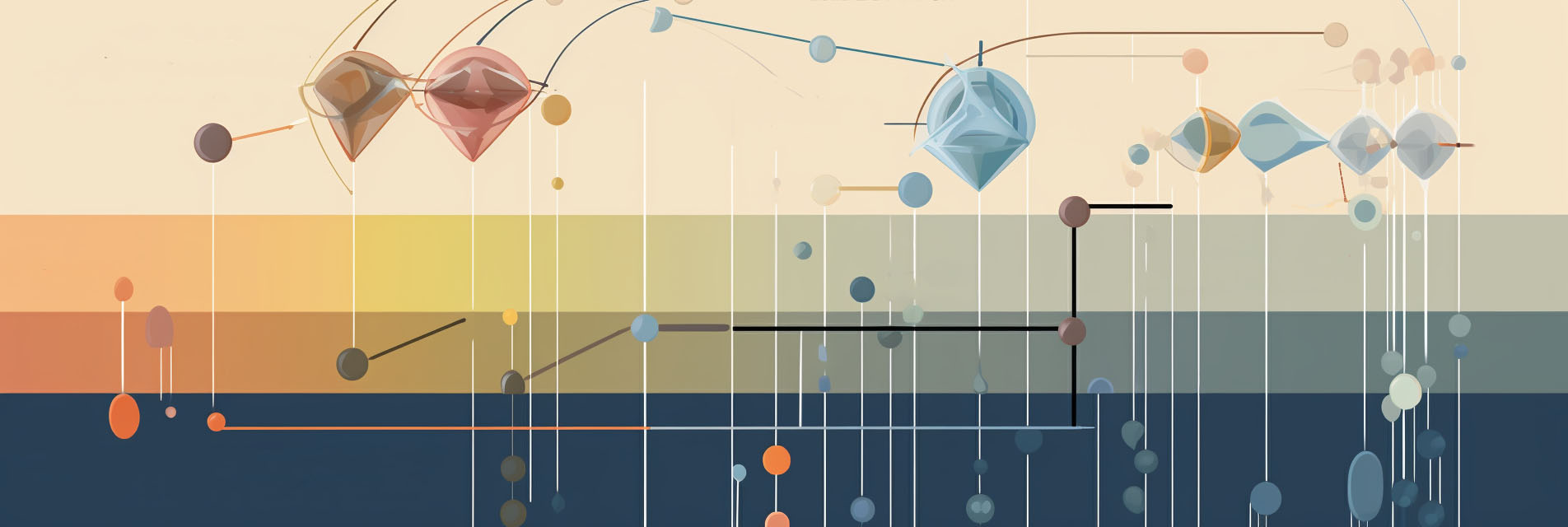Few-shot learning

Few-shot learning refers to machine learning techniques that can learn new concepts from very few examples or data points. The key aspects are:
- Few-shot learning aims to learn from just a few labeled examples, often 1-shot (one example) or 5-shot (five examples).
- This is in contrast to traditional deep learning which requires thousands of labeled examples per category.
- It focuses on quickly generalizing from small data by leveraging prior knowledge from previously learned concepts.
- Techniques used include metric-based approaches, meta-learning, transfer learning from pre-trained models, data augmentation and regularization methods.
- Applications include image classification, natural language processing, recommendation systems where new classes are continuously added with few samples.
- Few-shot learning is inspired by the human ability to grasp new concepts from little data.
- It reduces the data dependency of deep learning models enabling extension to new classes not seen during training.
- Performance deteriorates with increase in number of novel classes and complexity of classification tasks.
- An open research area is making few-shot models more data-efficient, accurate and scalable for real-world scenarios.
Few-shot learning aims to learn with limited training examples per class by relying on knowledge transfer and meta-learning. It reduces labeling effort for new classes.